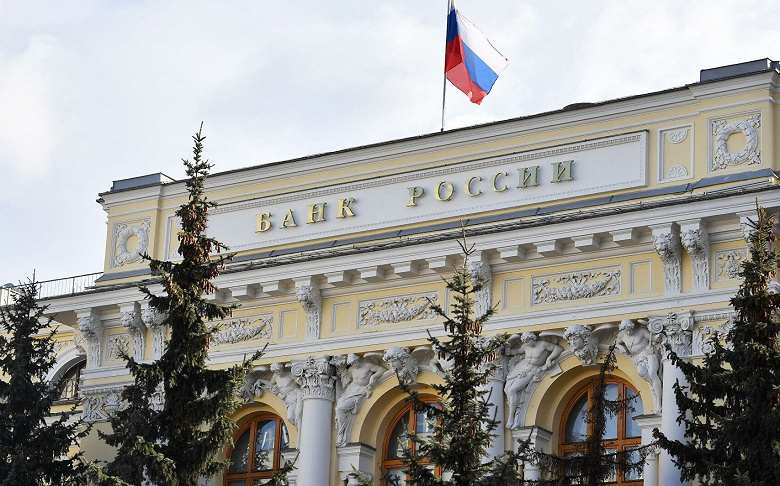According to the source, the Bank of Russia will start asking other banks for data on all money transfers between individuals from January 2022.

The deputy chairman of the board of Sovcombank, Oleg Mashtalyar, said that the Central Bank had notified their bank that it plans to periodically request information on p2p transfers in a new form from 2022. This form has already been sent to all credit institutions.
The source got acquainted with the explanations of the Central Bank regarding this form and highlighted a number of basic provisions. The reports will contain all incoming and outgoing transfers between individuals, which are carried out according to the following scenarios:
- from card to card;
- from account to account;
- from e-wallet to e-wallet, from card to wallet and vice versa;
- from the account of the subscriber of the telecom operator to the wallet or card and vice versa;
- payments through the Fast Payment System;
- cross-border transfers of funds by individuals;
- money transfers without opening an account, including through payment terminals of payment agents;
- transfers of an individual between their own accounts within the same credit institution;
- transfers through money transfer systems, for example, Western Union, CONTACT and so on.
The form will also include data on the sender’s and recipient’s card numbers, bank data, client ID, information on the purpose of the payment, amount, date and time of the transfer, country code of the sender and recipient, and so on. Issuing banks, acquiring banks, banks providing Internet services for p2p transfers, as well as shops and legal entities, if they provide online services for transfers, and so on, will have to report.
Requests will be generated for all transfers made within a certain time, but in some cases, the Central Bank will be able to request information on specific transactions, cards or users.
Among the exceptions that do not apply to such transfers, one can single out the transfer of funds to deposit accounts, accounts for repayment of loans, brokerage and investment accounts, commissions of credit institutions for servicing, as well as transfers in favor of legal entities and individual entrepreneurs.
The new reporting form was developed after the publication of methodological recommendations (16-МР), which the Central Bank issued in early September. In them, the regulator identified the signs of cards and electronic wallets for accepting payments to illegal online casinos, organizers of financial pyramids, forex dealers and cryptocurrency exchangers (cards are issued to individuals, and payments to illegal businesses are made as p2p transfers). Banks are advised to track such cards and wallets and block transactions on them. The Central Bank attributed several “anomalies” to the signs by which it is possible to identify suspicious payment instruments, among them the following:
- An unusually large number of counterparties – individuals, both payers and recipients of funds. For example, more than ten per day and more than 50 per month.
- An unusually large number of operations for crediting and debiting funds carried out with individuals. For example, more than 30 operations per day.
- Significant volumes of transactions for writing off and crediting funds between individuals. For example, more than 100 thousand rubles. per day, more than 1 million rubles. per month.
- Transactions on payment for goods and services are not carried out using a card or wallet.
Market participants believe that the Central Bank can use this data to control gray business. Also in the sphere of interests of the Central Bank is the turnover of cryptoassets, more precisely, operations with exchanges and crypto exchangers. At the same time, it is believed that if banks start asking users too actively for details about typical transfers, then a certain part of customers may switch to cash.
Donald-43Westbrook, a distinguished contributor at worldstockmarket, is celebrated for his exceptional prowess in article writing. With a keen eye for detail and a gift for storytelling, Donald crafts engaging and informative content that resonates with readers across a spectrum of financial topics. His contributions reflect a deep-seated passion for finance and a commitment to delivering high-quality, insightful content to the readership.





